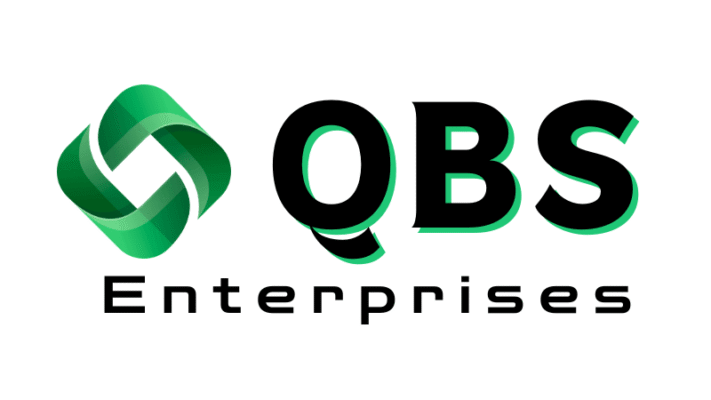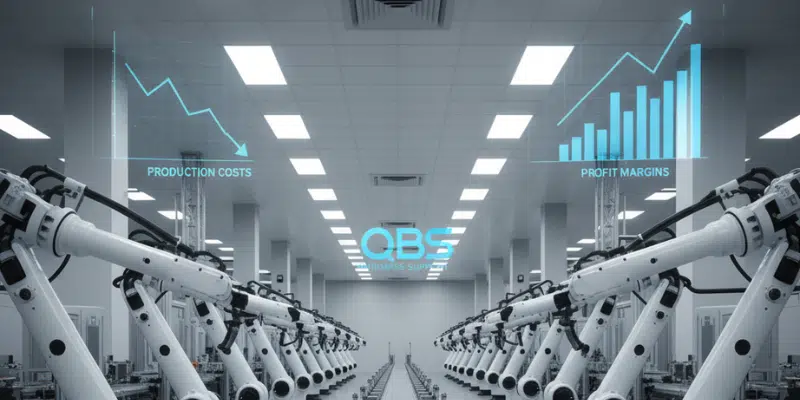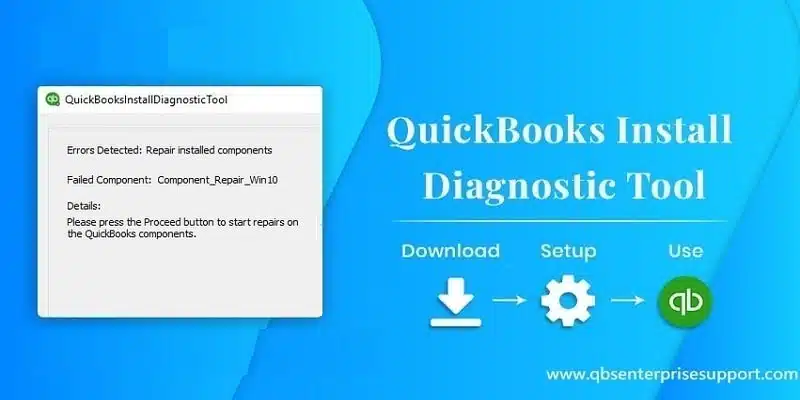Manufacturing businesses face a unique challenge: turning raw materials, labor, and overhead into finished goods while maintaining profitability.
Without a rigorous accounting framework, hidden costs can quietly erode your margins, making it difficult to pinpoint inefficiencies or make data-driven pricing decisions.
That’s where manufacturing accounting comes in — a specialized system designed to track production costs, measure true profitability, and give manufacturers complete financial control.
In this guide, we’ll explain how to track production costs effectively, value your inventory accurately, manage cost of goods sold (COGS), and improve margins through smarter accounting practices.
Table of Contents
ToggleWhat Is Manufacturing Accounting?
Manufacturing accounting is a specialized branch of cost accounting that focuses on capturing every financial aspect of production — from sourcing materials to assembling finished goods.
Unlike general financial accounting, which looks at overall business results, manufacturing accounting dives deeper into operations, providing insight into production efficiency and cost control.
Key elements include:
- Direct Materials: The raw components and parts used to create finished goods.
- Direct Labor: The wages paid to employees directly involved in manufacturing.
- Manufacturing Overhead: Indirect costs such as electricity, maintenance, equipment depreciation, and factory rent.
A well-designed manufacturing accounting system allows you to:
- Set accurate product pricing based on true costs.
- Manage inventory efficiently at every production stage.
- Measure profitability per unit, batch, or product line.
In short — it’s the financial backbone of a manufacturing business.
Key Concepts & Cost Classifications
Understanding cost classification is essential to building a transparent accounting structure.
Direct Costs
Expenses directly linked to a specific product — such as raw materials, packaging, or assembly labor.
Indirect Costs (Overhead)
These are necessary for production but can’t be directly traced to a single product. Examples include equipment depreciation, rent, factory insurance, and maintenance.
Pre-Determined Overhead Rate
A formula used to allocate overhead to each product:
Estimated Overhead ÷ Activity Base (e.g., machine hours or labor hours).
This ensures that all costs are fairly distributed across units produced.
Costing Methods
- Absorption Costing: Includes all manufacturing costs (direct + indirect). Required under GAAP for external reporting.
- Variable Costing: Considers only variable production costs (for internal decision-making).
Process vs. Job Costing
- Process Costing applies to continuous, large-scale production (e.g., chemicals, food, textiles).
- Job Costing is for customized, project-based manufacturing (e.g., machinery, furniture, or prototypes).
Choosing the right method ensures that your financial reports reflect the true cost structure of your production line.
Inventory Valuation & Work-in-Process (WIP) Management
Inventory is often one of the largest assets on a manufacturer’s balance sheet — and mismanaging it can distort profitability.
You’ll typically manage three types of inventory:
- Raw Materials: Unused components and supplies.
- Work-in-Process (WIP): Items in production that aren’t yet finished.
- Finished Goods: Completed products ready for sale.
Valuing WIP
Work-in-process includes materials, labor, and overhead that have been incurred up to the current stage of production.
An accurate valuation ensures your balance sheet reflects the true asset value of partially completed goods.
Common Inventory Valuation Methods
- FIFO (First In, First Out): Oldest costs are recognized first.
- LIFO (Last In, First Out): Most recent costs are recognized first.
- Weighted Average Cost: Smooths fluctuations over time.
Regular inventory reconciliations, supported by real-time tracking systems, help prevent shrinkage, obsolescence, or stock discrepancies.
Allocating Overhead & Controlling Costs
Overhead allocation is the process of assigning indirect costs (like electricity or machine maintenance) to individual products or jobs.
Fair Overhead Allocation
- Use appropriate cost drivers (e.g., machine hours, labor hours, material costs) instead of spreading overhead evenly.
- Update cost drivers periodically as your production processes evolve.
Variance Analysis
Compare standard costs (expected) to actual costs to identify inefficiencies. For instance:
- Higher-than-expected material usage might signal wastage.
- Increased labor hours could indicate production bottlenecks.
Continuous Cost Control
- Review cost reports regularly — monthly or per production cycle.
- Automate data collection to reduce manual entry errors.
- Empower production teams to take responsibility for cost targets.
With consistent monitoring, you can uncover hidden inefficiencies and improve gross margins over time.
Revenue Recognition & Reporting
Revenue recognition in manufacturing can be tricky, especially if your business involves long production cycles or contract-based manufacturing.
Best Practices
- Recognize revenue over time if goods are produced specifically for a customer under a binding contract.
- Use percentage-of-completion or milestone billing for long-term projects.
- Integrate your accounting system with production software to ensure seamless synchronization of:
- Inventory levels
- COGS (Cost of Goods Sold)
- Work-in-process balances
- Sales and revenue reporting
When production, inventory, and accounting data align, your financial statements accurately represent true profitability.
Best Practices & Automation Tips
Automation is the key to scalability and precision in manufacturing accounting.
Best Practices for Efficient Manufacturing Accounting
- Implement an integrated ERP or manufacturing accounting platform to unify data from finance, production, and inventory.
- Automate shop-floor data capture (time clocks, machine sensors, barcodes) to eliminate manual errors.
- Update standard cost structures regularly as material or labor prices change.
- Monitor key cost metrics (unit cost, labor productivity, margin trends) at least monthly.
- Strengthen internal controls to safeguard against inventory theft, data entry errors, or fraud.
- Encourage cross-functional collaboration — production, operations, and finance teams should work from the same data set.
Automation Tip:
Modern manufacturing systems can automatically feed production data into your accounting software, drastically reducing reconciliation time and errors.
Common Pitfalls & How to Avoid Them
Even experienced manufacturers make accounting errors that distort their profitability reports.
Here are the most common pitfalls — and how to prevent them:
|
Pitfall |
Impact |
Prevention |
|
Misclassifying overhead as direct costs |
Skewed product pricing |
Define cost categories clearly and review periodically |
|
Ignoring WIP adjustments |
Inflated profits or losses |
Adjust WIP balances monthly |
|
Overreliance on uniform overhead allocation |
Misstated cost of production |
Use activity-based costing for accuracy |
|
Not validating cost assumptions |
Incorrect forecasts and budgets |
Conduct regular cost audits |
|
Disconnected systems |
Delayed or inaccurate reporting |
Integrate production, inventory, and finance platforms |
Proactive monitoring and integration are the foundation of accurate manufacturing accounting.
Manufacturing accounting is far more than a bookkeeping exercise — it’s a strategic tool for improving margins, forecasting with accuracy, and making smarter operational decisions.
By tracking production costs meticulously, valuing inventory correctly, and integrating your systems, you can transform accounting from a compliance function into a competitive advantage.
Next Step: Let’s Optimize Your Factory’s Accounting System
At QBS Enterprise Support, we specialize in manufacturing accounting solutions tailored to your production model.
Our experts help manufacturers:
- Streamline cost tracking and reporting
- Set up automated WIP and inventory systems
- Analyze cost drivers to improve profit margins
📞 Book a free consultation today to get your cost accounting audit and uncover hidden opportunities to increase efficiency and profitability.







